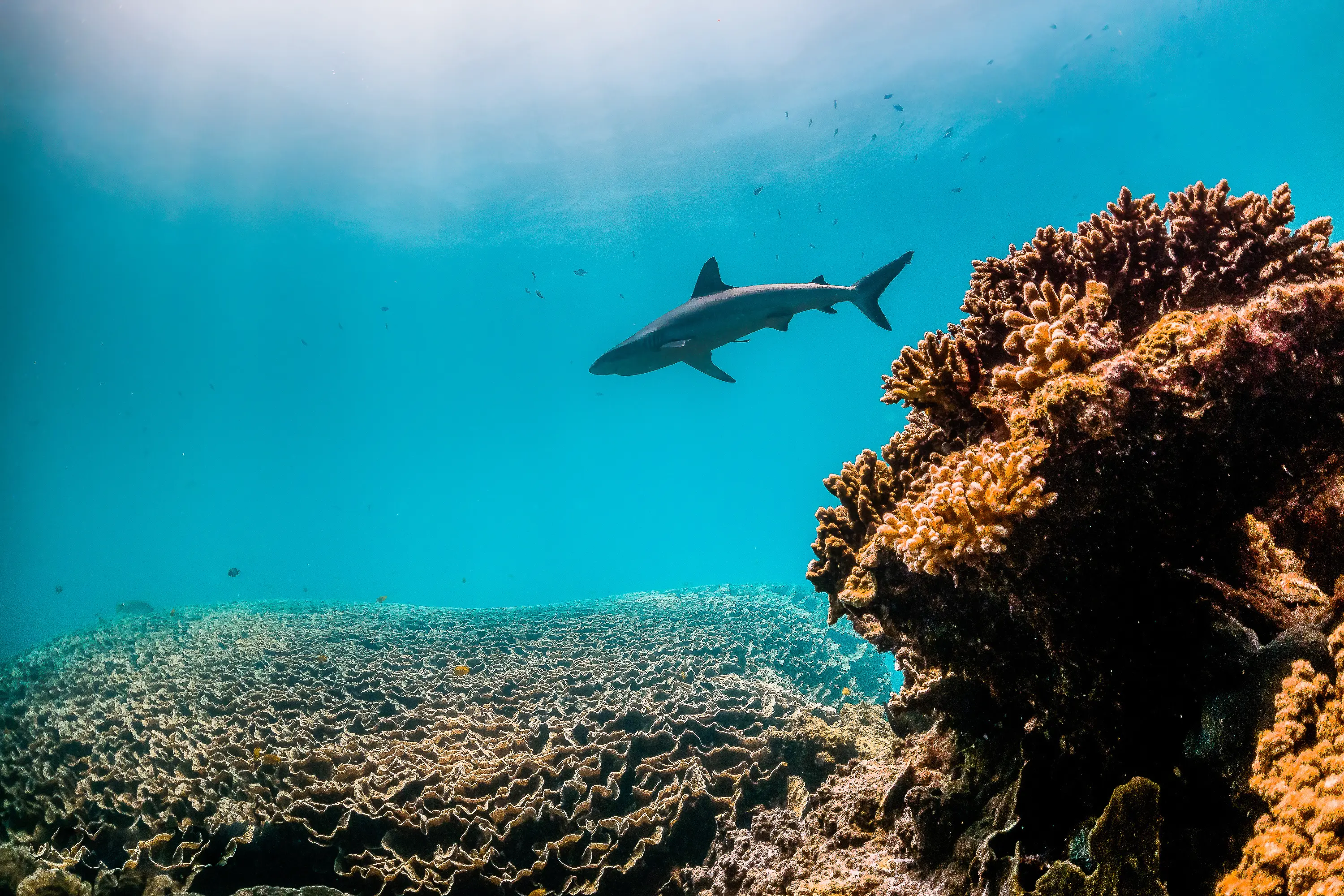For centuries, Polynesian peoples practiced a unique form of water burial practice under a similar philosophy of returning one’s to nature. In their culture, the bodies of the deceased were set out in coral reefs off their shores to be consumed by sharks. This practice, known as shark burial (or ocean burial), was seen as a way of achieving a higher status in the afterlife and joining the family gods who were believed to take the form of sharks. While the practice is no longer widely observed in Polynesia today, it remains an important part of Polynesian cultural history and serves as a reminder of the importance of giving back to the earth.
The shark burial practice was primarily associated with the Hawaiian islands, where it was known as 'kapu kai,' or 'forbidden ocean'. The practice involved laying the deceased to rest in the ocean, typically in coral reefs or other areas where sharks were known to congregate. The belief was that by offering their bodies to the sharks, the deceased would be able to join the 'aumakua', or 'family gods', who were believed to take the form of sharks. The body of the deceased was often wrapped in mats or cloth and weighted down with stones to ensure that it would sink to the bottom of the ocean, where the sharks could find it. In some cultures, the deceased were buried in a fetal position, as a way of returning to the earth in the same way that they came into it.
The practice of shark burial served as a way for the Polynesian people to give back to the earth - a way of returning to the natural world that sustained them and of recognizing one’s place within the larger ecosystem. With the loss of sharks and their habitat due to human externalities and the influence of industrial western influence - Polynesians have largely had to abandon the practice.
As we face complex environmental challenges and the threat of climate change today, history can remind us of an often-lost relationship that we used to have with the earth’s biodiversity. Cultural practices are a powerful tool for normalizing conservation, sustainable living practices, and protection of the environment. That’s why Life After Life is working to make conservation easier – blending the remediation of scarred spaces with existing norms across cultures.

